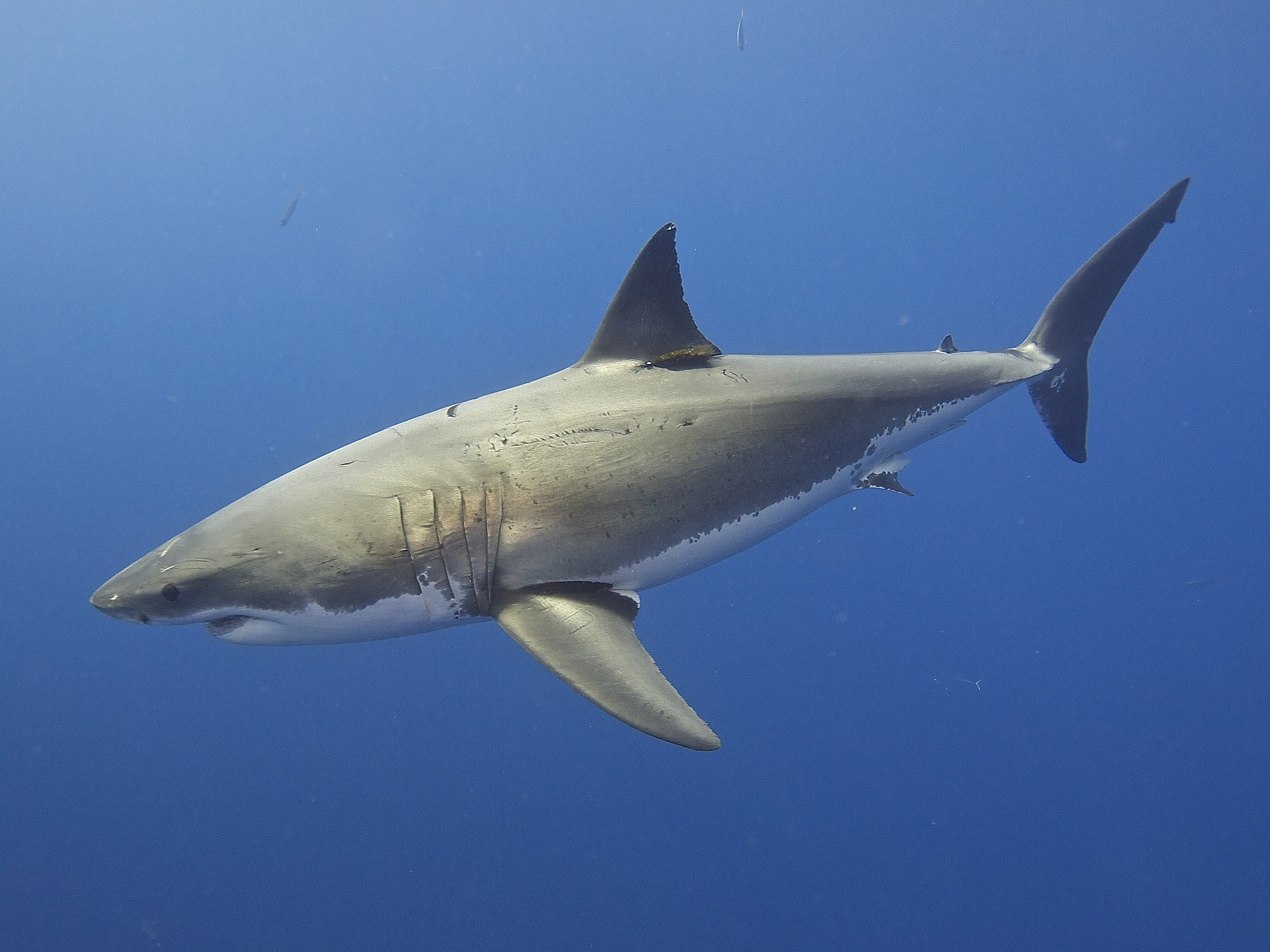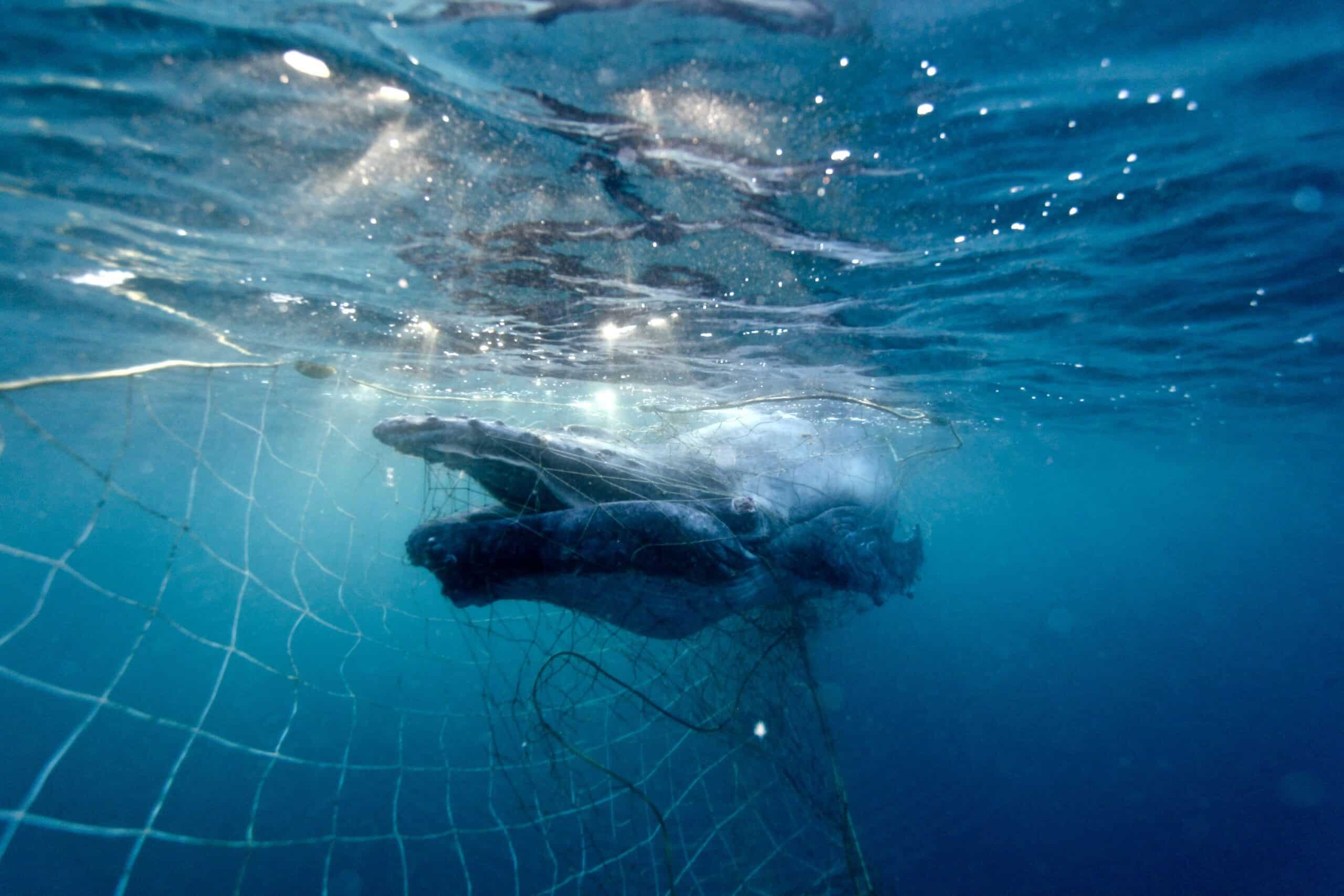Research shows that Australia’s great white sharks are highly related to each other and may consist of fewer than 500 breeding animals. SYDNEY, 24 June 2025: Latest research has found Australia’s great white shark population is much smaller than expected, increasing their vulnerability to further population threats. The population...
It’s hard to believe in the current day, but did you know that Australia ranked 10th in the world for the number of trophy imports of protected mammal species?1 That’s 10th in the world for countries bringing home the body parts of wildlife hunted overseas for private display including trophies of species like giraffes and zebras.
Trophy hunting is big business for a small number of people. It typically involves payment of a large fee for the experience of killing one or more animals from a selection of species on offer by a commercial hunting company. Trophy hunting is the killing of wildlife purely for the purpose of displaying parts of the animal – often the head or skin. The conservation, ethical and welfare impacts from hunting are substantial.
This year we have a chance to do something about it. Our national environmental legislation is undergoing reform. In addition to its role in protecting Australian native wildlife, this law – the Environment Protection and Biodiversity Conservation Act 1999 or EPBC Act for short – plays a role in determining what international wildlife can be brought into Australia. This means that these reforms provide an opportunity to not only strengthen protection for our native wildlife but to prohibit the import of hunting trophies.
Globally, trade in over 97,000 trophies of mammal species protected under the Convention on International Trade in Endangered Species of Wild Fauna and Flora (CITES) were recorded between 2014 and 2018. This included trophies of species threatened with extinction. Between 2014 and 2018, trophy hunting imports into Australia included 827 trophies from 40 different species.
The most common mammal species imported into Australia as trophies during the 2014–2018 period were the American black bear, chacma baboon, Hartmann’s mountain zebra, brown bear, and caracal. In 2019-2021, the vervet monkey became one of the top five mammal trophy species imported, and the giraffe, added to the list of species requiring reporting in 2019, became the seventh most imported mammal trophy species. Both the Hartmann’s mountain zebra and giraffe are listed as Vulnerable on the IUCN Red List with some sub-populations of giraffe listed as Endangered and Critically Endangered.
The continued issuing of permits for mammal trophy imports into Australia goes against broader public opinion on the issue of trophy hunting. The majority of the public in the top trophy importing countries oppose trophy hunting, and recent polling in Australia has shown that over 65% of Australians aged over 18 oppose or strongly oppose trophy hunting, while only 15% supported its continuation.
We’re asking Minister Plibersek to implement a ban on the import of trophies for CITES listed species as part of the 2023 reforms of our national environmental legislation. There are a very small number of Australians that would be affected by this change, but it is supported by the majority of Australians and will make a big difference to wildlife.
You can join our call by writing to Minister Plibersek here:


